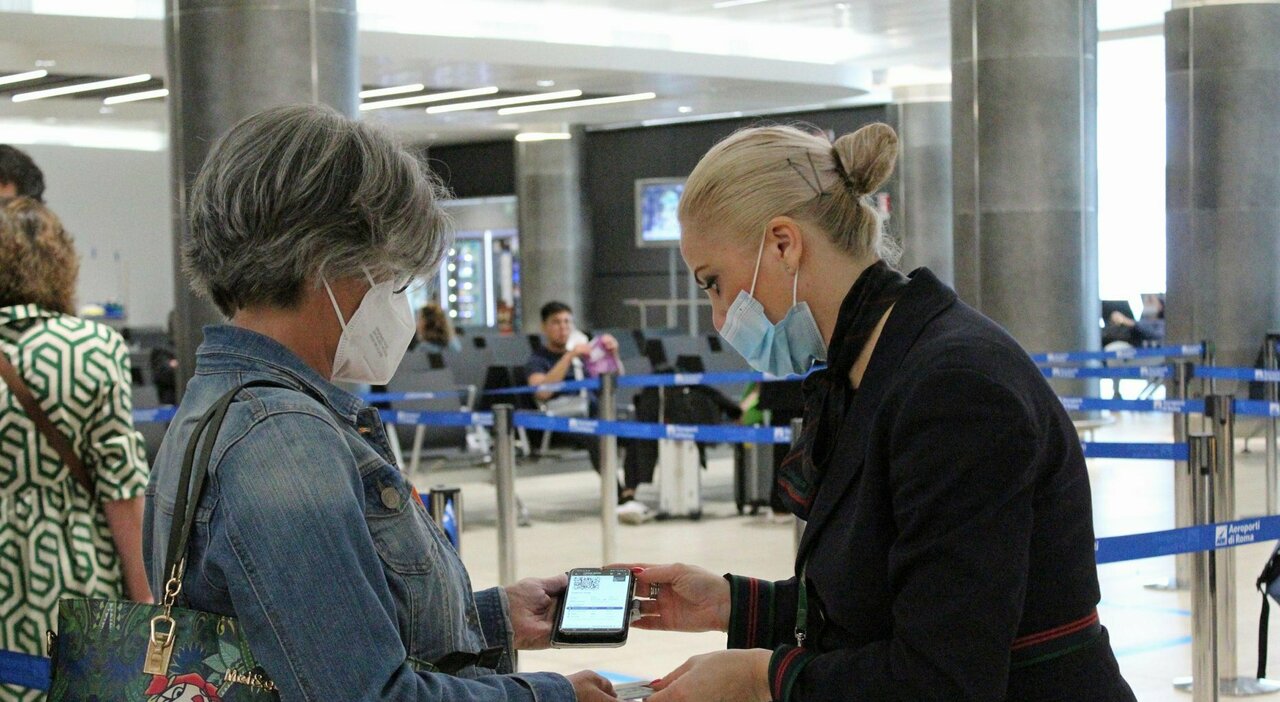Without masks and with a sub-variant, the Omicron 5 super contagious, the new positive cases in two weeks have more than doubled. The incidence – number of infections per hundred thousand inhabitants – has gone from 222 to 504 and is a significantly underestimated figure because fewer tests are performed than in the past. Not only that: many resort to do-it-yourself swabs, to avoid bureaucratic hitches they do not report positivity even if they may close at home for a self-managed quarantine. The data on the positivity rate yesterday is very high, almost one in four tests ruled that the subject was infected with Covid. It must also be said that other European nations such as Portugal, which were the first to see the Omicron 5 run, have had a sharp surge in cases which, however, was followed by a very rapid descent. Various experts set the peak of the contagion in Italy.
Omicron 5, Ricciardi: “The wave was predictable: for unpopular solutions you need to have the courage”
CHOICES
In light of this scenario, which sees an increase in hospitalizations, however not dramatic, we are moving towards an extension of the use of the mask in workplaces where it is not possible to keep distance. On Monday, the Table for updating the anti Covid protocol will meet again at the Ministry of Labor, which also sees the involvement of Health, the social partners and Inail. There is still nothing defined, but the orientation is the maintenance of the Ffp2 masks. Well, but will the surge in infections also cause the return of the obligation to wear a mask in closed places such as shopping centers and shops (to date it only applies to public transport, excluding airplanes)? It will depend on the spread and distribution of the infections. Every week there is monitoring of the progress of the epidemic (and yesterday the RT returned above the critical threshold of 1). If a particular Region goes into severe crisis, also due to an evident increase in hospitalizations, there will be no closures (the color system is no longer in force) but the governor will be able to restore the obligation to wear masks indoors and in crowded places. On the other hand, yesterday the prevention director of the Ministry of Health, Gianni Rezza, in the weekly analysis on the pandemic, said it clearly: in this phase of increase in infections it is useful to wear masks.
Omicron 5, with reinfections increases the “risk of death, hospitalization and Long Covid”. I study
«Given the high speed of viral circulation – says Rezza -, it is good to remember that the risk of transmission of the virus can be reduced by using masks, especially in the presence of large groups of people. At the same time, the most fragile and elderly people can be protected with a further dose of booster vaccine ». In summary: we are moving towards a protocol that provides for Ffp2 in workplaces where it is not possible to keep distances; the obligation to wear a mask remains on public transport and the individual regions will intervene by restoring it in all closed or crowded places if the admissions were to increase significantly (this is not the current case). Excluded, however, the elimination of the quarantine for positives on which a debate has opened in recent days (some countries have already made this choice).
Masks, extension hypothesis at work: “Ffp2 mandatory under 2 meters away”
And what will happen in the fall? All the scenarios, also in the light of the experiences of past years, assume a resumption of infections is probable. Given that the tool of closures now appears inapplicable, there are two measures on which we will work. The first is the return of a widespread obligation to use masks, especially indoors. The second is a new vaccination campaign that uses not the current vaccines, but those from Pfizer and the upcoming Moderna adapted to the variants in circulation. And if today the fourth dose is reserved only for the over 80 (or the frail), in the autumn the bar will be lowered for the over 50. The reference model is that of the vaccination campaign against influenza (for which, among the other, in the autumn is expected is a surge).
© breaking latest news
